Should you get a curved monitor?
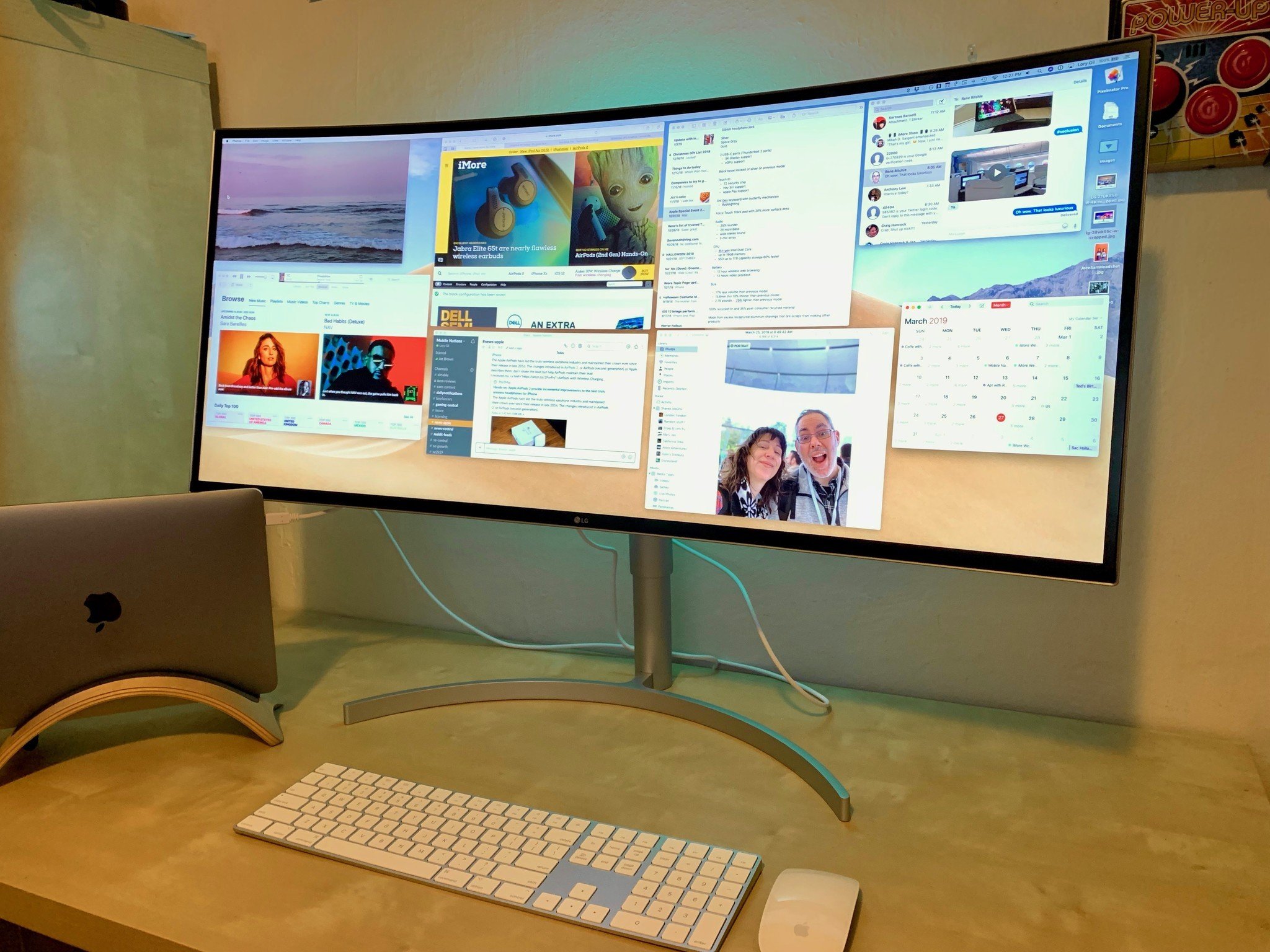
Should you get a curved monitor?
Best Answer: It's a good option if you're a gamer, photographer, graphic designer, or if you use your computer for several hours every week. In the end, whether or not a curved monitor is a good fit comes down to personal opinion and how much you're willing to spend.Power curve: Samsung UR59C ($500 at Amazon)Budget friendly: AOC G32V1Q ($220 at Amazon)
Ahead of the curve
The screens on curved monitors are, you guessed it, slightly curved so that they are more visible to your field of view. This creates a more realistic viewing experience when you're working on your computer either at the office, or working from home. However, in order to notice the benefits this kind of monitor brings, you'll need need one that is at least 30-inches or more. The best monitors in the category are very wide and give you plenty of room for multiple windows and apps to be on display at once.
That all being said, some people don't care for the curve and others think the extra price isn't worth switching from a flat screen. The decision really comes down to personal preference and the amount of money you're willing to spend on your computer setup.
Pros and cons of a curved monitor
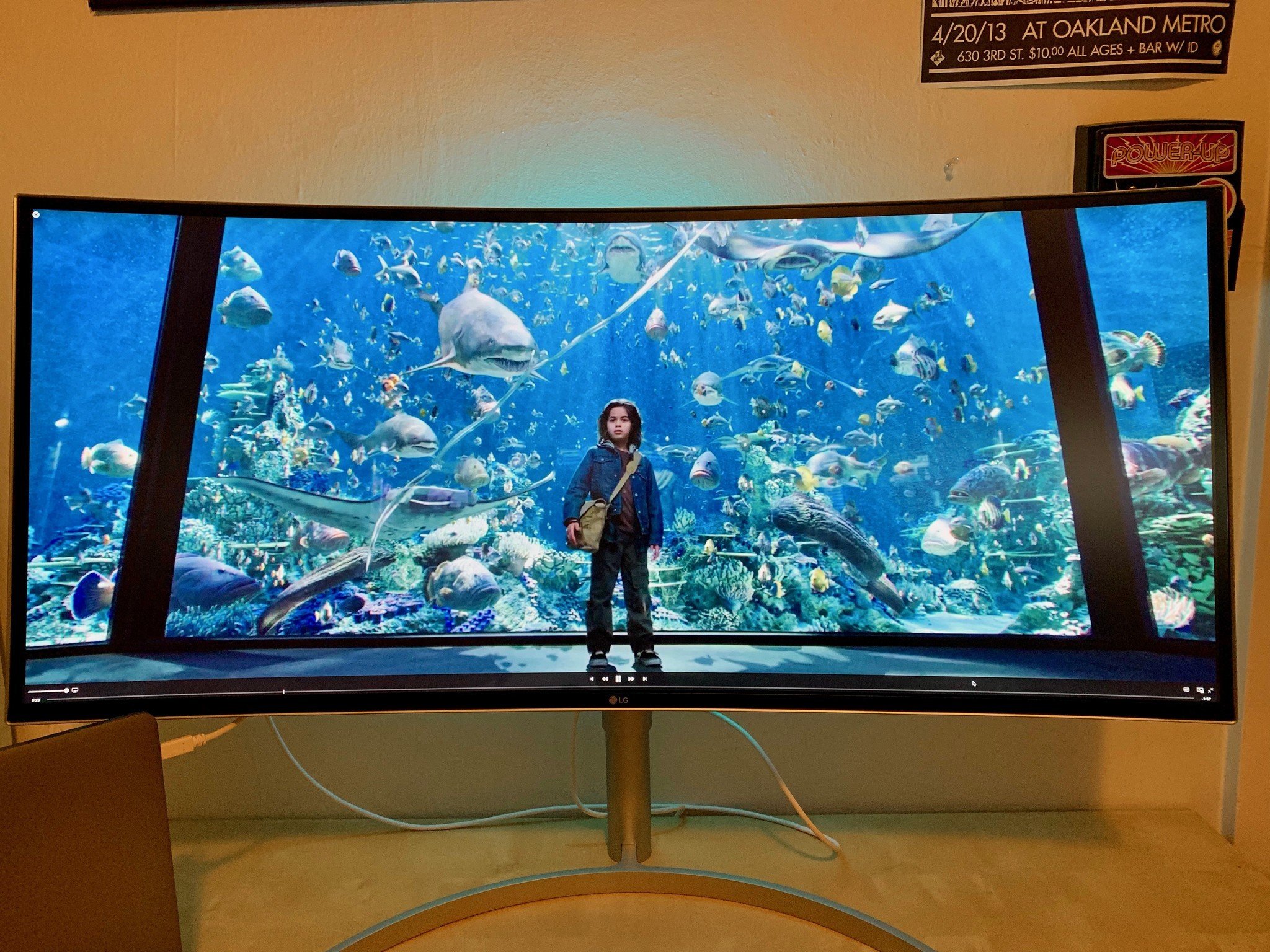
There are plenty of benefits to getting a curved monitor, but there are downsides as well. Before dropping a few hundred on a monitor, take a look at the pros and cons we've compiled.
Pros:
- Fewer reflections
- Wider field of view
- More immersive gaming
- Creates depth without the headache of 3D
Due to the way they bend, curved monitors tend to have less of a glare and they minimize reflections. Now, it's still possible to place your monitor in such a way that you get a blinding glare. Once you position your screen in the right spot, you shouldn't have to worry about it as much as you would with a flat screen.
Curved screens feel more organic and mimic your field of view by allowing your peripherals to catch glimpses of the display. This makes gaming feel more realistic and in turn brings more depth to whatever is on the screen. The best part is that this depth comes without the headaches 3D can create.
Unfortunately, if you want to trim down the number of cables you're using, there still aren't a lot of great USB-C monitor options in the curved monitor space just yet, though that is slowly changing.
iMore offers spot-on advice and guidance from our team of experts, with decades of Apple device experience to lean on. Learn more with iMore!
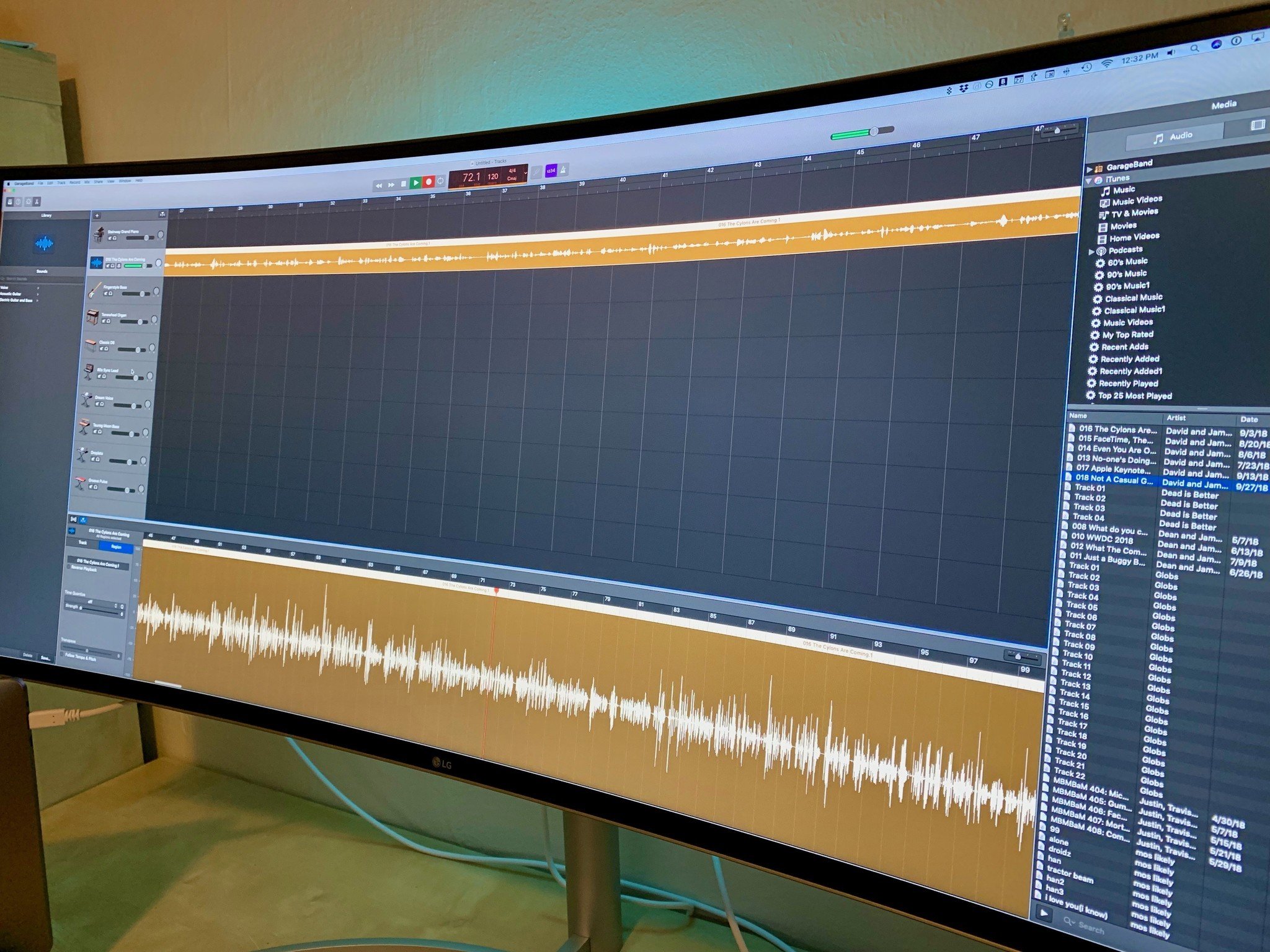
Cons:
- Expensive
- Doesn't look good mounted to wall
- You must sit directly in center of display
- Works best if it's the only monitor
- Must get a large monitor for effect to work
- Some people notice screen distortions
To get the benefits of a curved monitor, you'll need a screen that is at least 30 inches. Any smaller and the screen won't have the same effect on your vision. That being said, 30 inches is larger than most people want and that size monitor tends to be more expensive.
Speaking of money, curved-angle screens tend to be much more expensive than flat screens in general. For example, a quality 4K 32-inch curved monitor, like the Samsung UR59C, is likely to have a starting cost around $500. Whereas, a flat screen monitor the same size, like this is more likely to sell between $200 and $400. As with all monitors, the price will vary depending on resolution, screen size, features, and the number and type of ports it offers.
As you can imagine, mounting a curved monitor to a wall won't look as good as a mounted flat monitor, since the screen isn't flush with the wall. Additionally, curved monitors work best when you sit directly in the center of the screen. Sitting off-center can make things look distorted. You'll either need to be okay only using one large curved screen or you'll need to purchase a large desk to accommodate multiple curved screens.
Who will benefit most from a curved monitor?
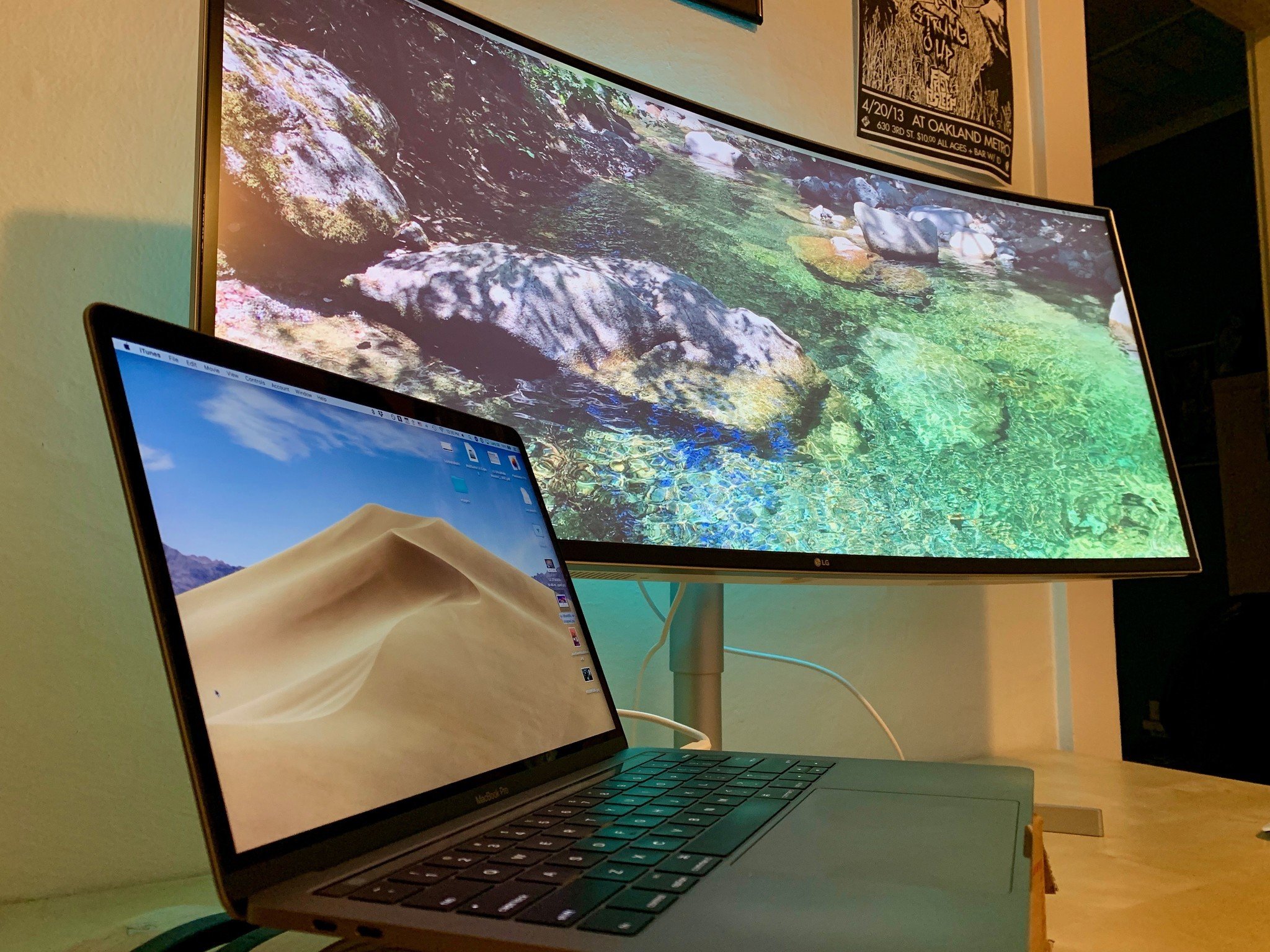
Since curved monitors tend to be a lot more expensive than flat monitors, you'll want to consider if the amount of time you use your computer warrants the cost. Serious gamers and those who spend long hours on their computer, like graphic designers, engineers, and photographers, would benefit the most from using one. Since these displays tend to be larger, they're also a great fit for anyone who works in multiple programs and windows at once. Of course, if you just really want a curved monitor, you might as well try one out.
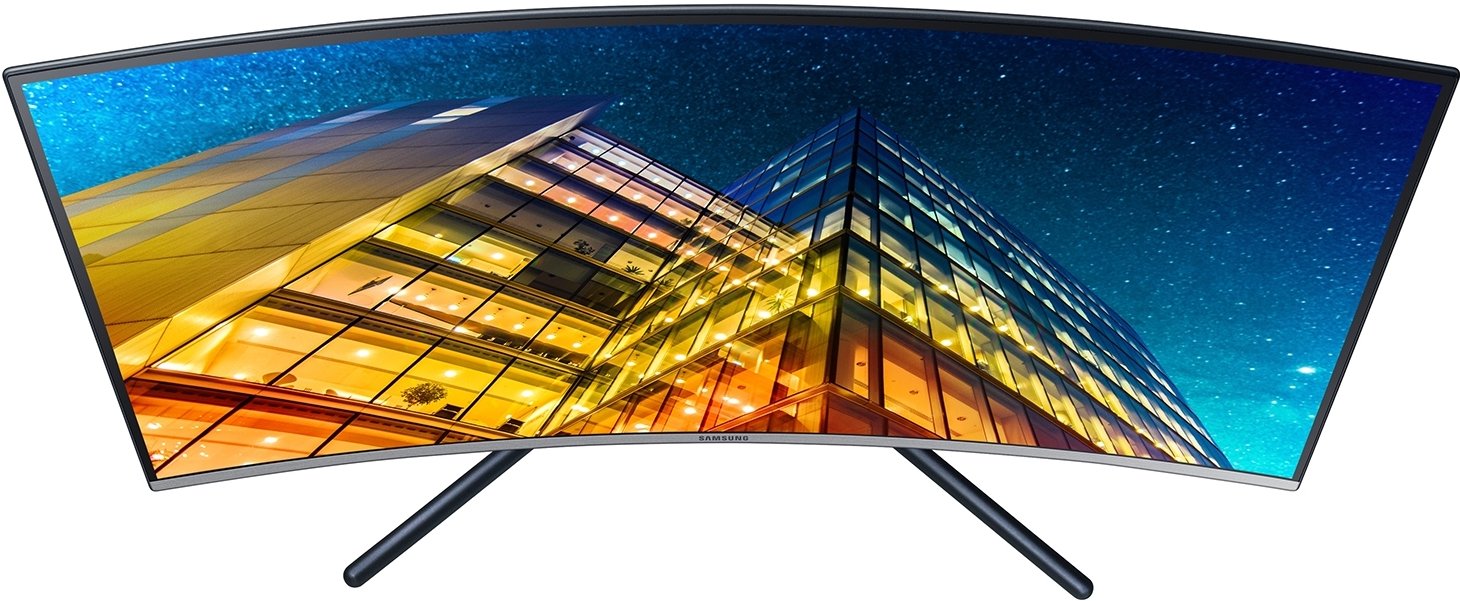
Side by side
This 32-inch monitor features 1 billion colors, a 2500:1 contrast ratio, and 4K UHD resolution. Plus the UR59C sports a split screen mode that can display two different devices side by side, such as a Mac on the left, and a Windows PC on the right.
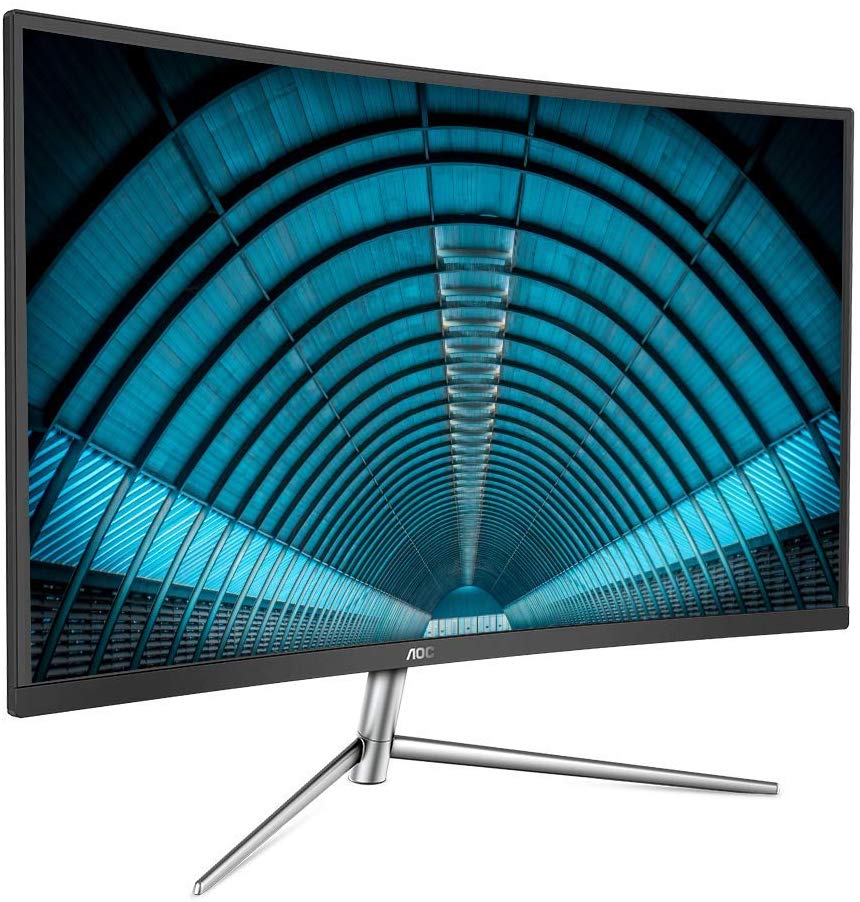
Curved for less
AOC's C32V1Q Full HD monitor provides all the benefits of a curved monitor without breaking the bank. This monitor includes HDMI, DisplayPort and VGA inputs, and it has a eye friendly "LowBlue" mode that limits potentially harmful blue light effects that can contribute to sleep issues.

Gaming aficionado Rebecca Spear is iMore's dedicated gaming editor with a focus on Nintendo Switch and iOS gaming. You’ll never catch her without her Switch or her iPad Air handy. If you’ve got a question about Pokémon, The Legend of Zelda, or just about any other Nintendo series check out her guides to help you out. Rebecca has written thousands of articles in the last six years including hundreds of extensive gaming guides, previews, and reviews for both Switch and Apple Arcade. She also loves checking out new gaming accessories like iPhone controllers and has her ear to the ground when it comes to covering the next big trend.
